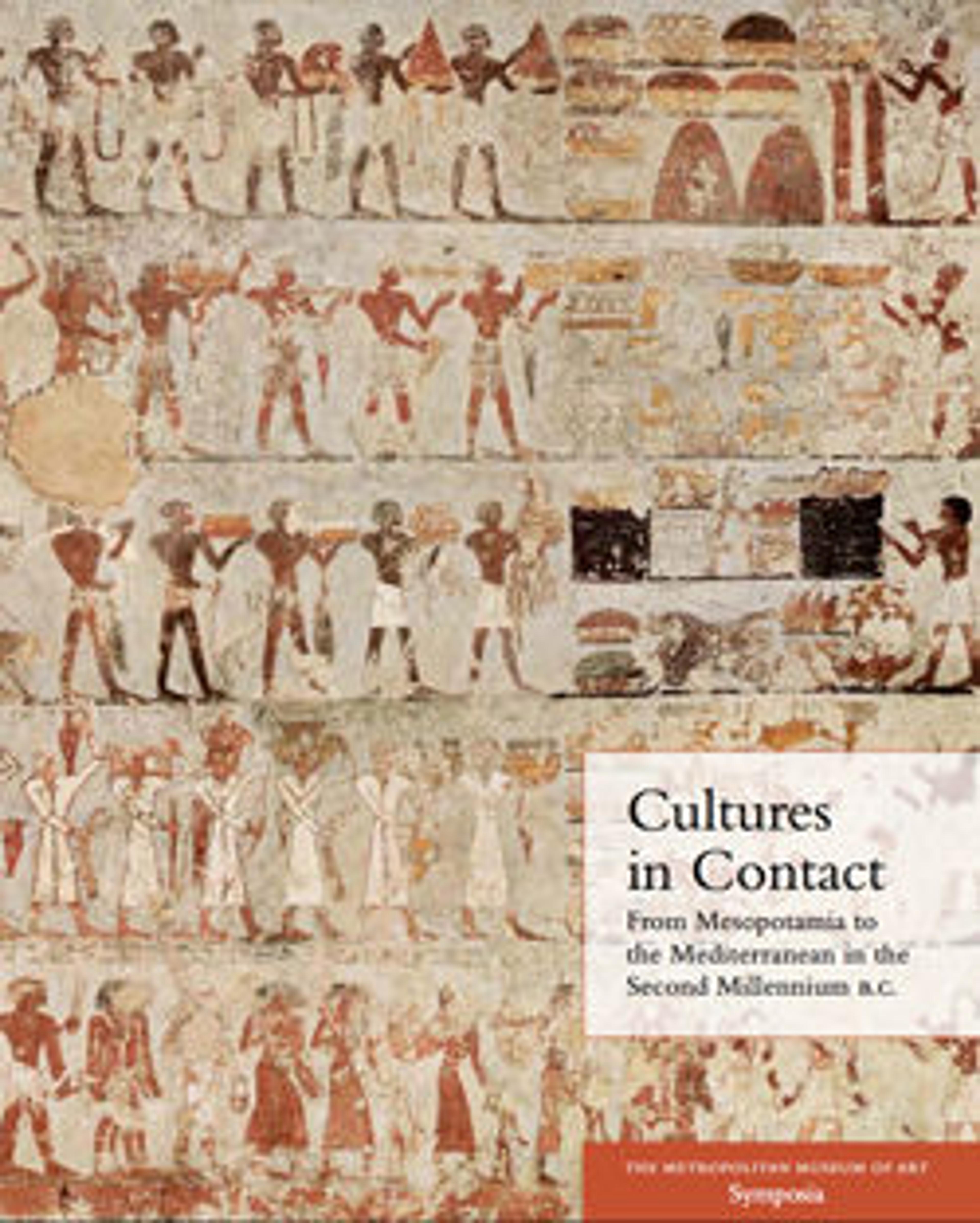Vessel terminating in the forepart of a bull
This silver drinking vessel is shaped in the form of a bull. The animal is in a kneeling posture and is fashioned from two pieces of silver joined by a grooved collar. The head, with its short neck, is massive and strong; the nose and the oval eyes and brows that once held inlays were all sculpted with great sensitivity. The bull's cheeks and jowls are formed from petal-like ridges while further repoussé musculature decorates the body above the legs and shoulders. The chest has a prominent dewlap with horizontal undulations, which suggests folds of skin. These characteristics of modeling and decoration can be seen in representations of other Hittite bulls dating from around 1300 B.C. Because Hittite texts describe their gods as being given their own drinking vessels made in the form of their animal counterparts, it is plausible to assume that this vessel was the property of the Hittite storm god Teshub with whom the bull was associated.
Artwork Details
- Title: Vessel terminating in the forepart of a bull
- Period: Hittite Empire
- Date: ca. 14th–13th century BCE
- Geography: Central Anatolia
- Culture: Hittite
- Medium: Silver
- Dimensions: 7 1/16 × 5 1/16 × 8 7/16 in., 1.6 lb. (18 × 12.8 × 21.5 cm, 0.7 kg)
- Credit Line: Gift of Norbert Schimmel Trust, 1989
- Object Number: 1989.281.11
- Curatorial Department: Ancient West Asian Art
Audio
7073. Commentary: Overview: Who were the Hittites?
0:00
0:00
We're sorry, the transcript for this audio track is not available at this time. Please email info@metmuseum.org to request a transcript for this track.
More Artwork
Research Resources
The Met provides unparalleled resources for research and welcomes an international community of students and scholars. The Met's Open Access API is where creators and researchers can connect to the The Met collection. Open Access data and public domain images are available for unrestricted commercial and noncommercial use without permission or fee.
To request images under copyright and other restrictions, please use this Image Request form.
Feedback
We continue to research and examine historical and cultural context for objects in The Met collection. If you have comments or questions about this object record, please complete and submit this form. The Museum looks forward to receiving your comments.
